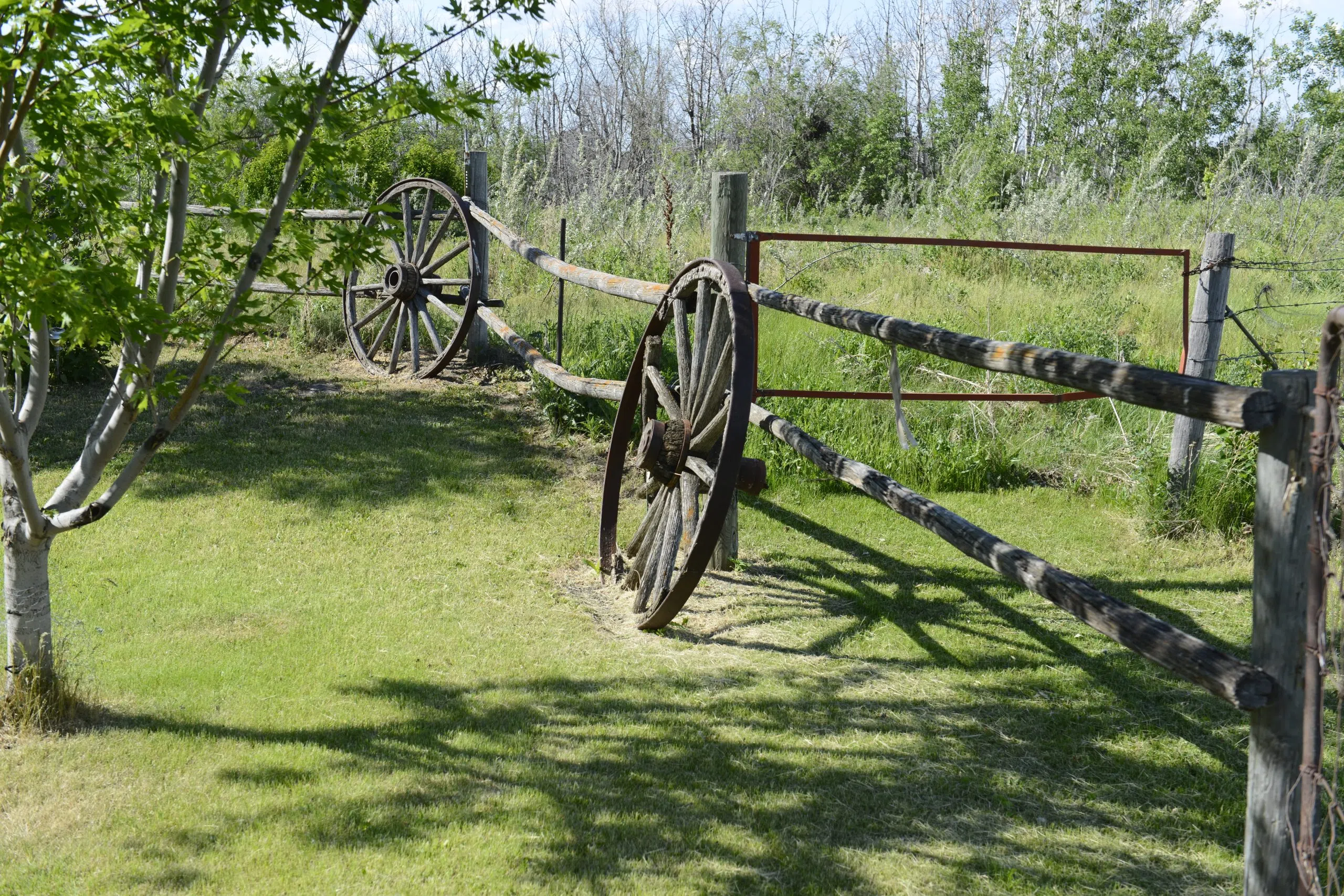
The following article was written by Andre Bonneau, range management specialist with the Saskatchewan Ministry of Agriculture in Prince Albert.
Biodiversity. We hear the word a lot but do we know what biodiversity means? Biodiversity is about having multiple species existing under the same growing conditions. It also means stability, as biodiversity increases, so does the stability of the plant community.
All plants grow in a specific range of conditions or what’s called a niche. As an extreme example, Palm trees grow in a niche with warm conditions while aspen grow in cooler niche. On our landscape, many of our local plants have niches that overlap. In a more local example, jackpine, aspen, spruce and birch trees can all grow near each other, but each have a different niche. If growing conditions change, some of the tree species will benefit while others will suffer. But in the end, the forest will survive. The more tree species in the forest, the more stable and resilient the forest is to environmental change.
This concept holds for all of Saskatchewan’s natural landscapes, different plant species in a community will have different niches and these niches overlap as well. As growing conditions may change over the years, like flooding or droughts, some species will suffer and others will benefit. What matters though is the plant community survives.
As a Range Management Specialists, part of my work is to measure biodiversity on native rangelands. We survey land used for livestock grazing, determine the health of these communities and make recommendations on how to maintain or improve biodiversity. This way, when growing conditions change from year to year, the range communities will remain healthy and support livestock grazing.

























